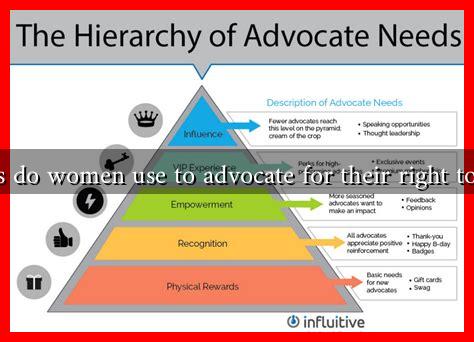-
Table of Contents
What Strategies Do Women Use to Advocate for Their Right to Wear the Veil?
The right to wear the veil is a deeply personal and often contentious issue for many women around the world. In various cultures and societies, the veil symbolizes different things—religious devotion, cultural identity, or personal choice. However, women advocating for their right to wear the veil often face significant challenges, including societal stigma, legal restrictions, and political opposition. This article explores the strategies women employ to advocate for their right to wear the veil, highlighting their resilience and determination.
Understanding the Context
Before delving into the strategies, it is essential to understand the context in which these women operate. The veil, whether it be the hijab, niqab, or burqa, is often at the center of debates surrounding women’s rights, religious freedom, and cultural identity. In many Western countries, the veil is viewed through a lens of suspicion and misunderstanding, while in some Muslim-majority countries, it is mandated by law.
Strategies for Advocacy
Women employ a variety of strategies to advocate for their right to wear the veil, ranging from grassroots activism to legal challenges. Here are some of the most effective methods:
- Grassroots Movements: Many women participate in grassroots organizations that focus on raising awareness about the importance of the veil in their lives. These movements often organize community events, workshops, and discussions to educate others about the significance of the veil.
- Legal Challenges: In countries where laws restrict the wearing of the veil, women have taken legal action to challenge these regulations. For instance, in France, several women have fought against the ban on wearing the burqa in public spaces, arguing that it infringes on their personal freedoms.
- Social Media Campaigns: The rise of social media has provided a platform for women to share their stories and experiences related to wearing the veil. Hashtags like #WearItLikeYouMeanIt and #MyHijabMyChoice have gained traction, allowing women to connect and advocate for their rights on a global scale.
- Alliances with Human Rights Organizations: Women often collaborate with human rights organizations to amplify their voices. These partnerships can provide legal support, resources, and a broader platform for advocacy.
- Educational Initiatives: Many women engage in educational initiatives aimed at dispelling myths and misconceptions about the veil. By providing accurate information and personal narratives, they seek to foster understanding and acceptance.
Case Studies and Examples
Several notable case studies illustrate the effectiveness of these strategies:
- France’s Burqa Ban: In response to the 2010 law banning the burqa, women like Kenza Drider became prominent figures in the fight against the legislation. Drider’s legal battles and public demonstrations highlighted the personal impact of the ban and garnered international attention.
- Social Media Activism: The #HijabDay campaign, initiated by women around the world, encourages non-Muslims to wear the hijab for a day to promote understanding and solidarity. This initiative has successfully raised awareness and fostered dialogue about the veil.
- International Women’s Day: On March 8, many women use this platform to advocate for their rights, including the right to wear the veil. Events often feature discussions on the intersection of feminism and religious expression.
Statistics and Research
Research indicates that a significant number of women who wear the veil do so by choice. A study conducted by the Pew Research Center found that:
- 62% of Muslim women in Western countries reported wearing the hijab as a personal choice.
- Over 70% of women who wear the veil believe it empowers them and allows them to express their identity.
These statistics challenge the narrative that women who wear the veil are oppressed, highlighting the importance of understanding individual agency in this context.
Conclusion
Women advocating for their right to wear the veil employ a diverse array of strategies, from grassroots activism to legal challenges and social media campaigns. Their efforts not only seek to protect their rights but also aim to foster understanding and acceptance in a world often fraught with misunderstanding. As these women continue to fight for their rights, it is crucial to recognize their agency and the significance of the veil in their lives. By supporting their advocacy, society can move towards a more inclusive understanding of cultural and religious expression.
For further reading on this topic, you can explore resources from organizations like Human Rights Watch and Pew Research Center.

